We should be rewarding discoveries, not individuals
The science Nobel Prizes are sexist, racist, and misleading. Let’s rethink them
It’s Nobel Prize week, the one week every year when people from all walks of life and from all corners of the globe celebrate science, read about ribosomes and give understanding particle physics a shot. It’s also the one week when science is guaranteed some prime headline space on mainstream news outlets. And yet the science Nobels (in medicine, physics, and chemistry) present an antiquated, sexist, racist, and thoroughly incorrect view of science.
The problem starts with the number of prize-winners selected every year. The statutes governing the Nobel Prize limits it to just three winners in each category. This means that for every discovery awarded a Nobel, the vast majority of contributing scientists are ignored in favor of just three people selected by the Nobel committee (who also get to split the approximately $1 million prize money between them).
But science has never been an individual endeavor. Isaac Newton stood on the “shoulders of giants” and Neil Armstrong’s “one small step” was a dream realized by hundreds of thousands of engineers and scientists. Science is and always has been an iterative process where individuals draw on discoveries made by others to advance the boundaries of human knowledge in minuscule increments. Yes, Einstein famously won the Nobel Prize all by himself, for a paper he alone authored, but he could not have made his discoveries without previous work by Max Planck, James Maxwell, and several others.
In any case, the era of papers authored and discoveries attributed solely to one scientist is long past. Nobel enthusiasts were shocked last year when the physics prize did not go to the scientists who discovered gravitational waves, arguably the biggest scientific discovery of the decade, but rather to three theoretical physicists working on exotic phases of matter. One reason the gravitational wave discovery was sidelined might be that the discovery was made by an international collaboration of hundreds of scientists. How can any panel of judges fairly pick three out these hundreds to give a prize? Well, it turns out they can. On Tuesday, the Nobel committee announced that the 2017 physics prize is awarded to Kip Thorne, Rainer Weiss, and Barry Barish, overlooking their many co-workers.
This was also true of Monday’s medicine/physiology Nobel for the discovery of the circadian clock. The prize went to just three men while the prize announcement itself cited no less than seven publications, authored by a total of 25 scientists. Typical of the Nobel Prizes, none of the three awardees was a first author on any of these papers. The first author of a scientific paper in biology/biomedicine is typically the person who did the hands-on laboratory work, usually a graduate student or young post-doctoral researcher. To make matters worse, it these precisely these early career researchers who are in greater need of the Nobel prize-money than their generally tenured supervisors.
Now, my objection to Nobels does not stem only from empathy with the countless scientists who’ve had their hard work overlooked to meet the three-person limit. More fundamentally, awarding the prizes to only three scientists promulgates a vision of science as an individual enterprise. By ensuring that graduate students are not given due recognition, the prizes reinforce the mistaken image of a scientist as an old, white man in a lab-coat. This can only perpetuate gender and racial inequalities in science, especially further along in an academic career. In 2013, for example, only 28.4 percent of the world’s scientists and only 11 percent of senior scientists were women. In the US, in 2010, white women constituted only 18 percent of the engineering and science workforce, with black and Hispanic men and women making up less than 4 percent each.
This brings me to my second objection, the fact that the prizes have a long history of sexism and racism. Every high-school and undergraduate biology student has heard of Francis Crick and James Watson, the Nobel-prize winning discoverers of the structure of DNA. How many know that their work was possible only due to data collected by Rosalind Franklin, a more meticulous scientist whose data was shared with the prize-winners without her permission? Franklin was never even nominated for the prize.
Even more startling is the story of Esther Lederberg. Lederberg and her husband, Joshua, were both microbiologists who made foundational advances in the field. They published several papers together, though the papers describing the most important findings invariably had Joshua Lederberg’s name appear first. Esther Lederberg, in particular, invented a now commonly used laboratory technique called Replica plating that led to Joshua Lederberg’s shared Nobel Prize in 1958. Not even nominated, Esther accompanied her husband to the prize ceremony in Stockholm where he gave a speech neglecting to even acknowledge her role in his discoveries.
The sexism evident in these two episodes (and others) is further supported by the numbers. Out of 204 laureates in physics, only two have been women. Women are just four out of 175 laureates in chemistry, and out of 214 winners in medicine, only 12 have been women. For comparison, 182 countries around the world have a more equal gender breakdown in their parliaments, including Saudi Arabia and Iran. Apart from sexism, the prizes have overwhelmingly favored scientists of European descent, though there has been some improvement in this arena.
For all this, the popular narrative still asks us to trust that the Nobels do in fact reward the best in science. Unfortunately not. The Nobel Prize in physics in 1912was awarded to the Swede, Nils Gustaf Dalen, for essentially inventing a better lighthouse. Dalen’s competitor nominees for the prize in 1912 were Albert Einstein, Max Planck, and Henri Poincare, among others. Poincare was the man who first proposed the existence of gravitational waves, and he never won the prize, despite receiving 51 nominations in his lifetime.
This was not a one-off, either. In 1927, the prize was given to Johannes Fibiger for discovering a worm that caused cancer and to Julius Wagner-Jauregg for malariatherapy. Fibiger’s discovery was found to be entirely false and Wagner-Jauregg (a staunch eugenicist) basically treated syphilis patients by infecting them with malaria, resulting in the deaths of 15 percent of those treated. In 1949, the prize for medicine was awarded to Antonio Moniz for inventing prefrontal lobotomy, which turned people into walking shells of themselves and termed them ‘cured.’ Enough said.
Nobel Prize-winning discoveries are often some of the most covered scientific advances in the popular press. However, they can only be offered to scientists working in a particular set of disciplines. As a result, most of the public – and more importantly, budding scientists – have a skewed view of what constitutes “important” science. There is no Nobel, for instance, for agricultural sciences where advances during the Green Revolution saved millions of lives in the last century. (Norman Borlaug, one of the scientists behind the Green Revolution was, however, presented with a Nobel Peace Prize in 1970). Nor is there one for ecology and studying the environment, or one for evolutionary biology. Formally, there isn’t even a prize for biology, though increasingly the prizes in chemistry and medicine are given out to biologists.
Any one of these reasons is sufficient to justify a retirement of the Nobel Prizes – or at least to reform them. The most fundamental change that must be enacted now is to present the science Nobels to teams of scientists, as some have been arguing for years, rather than to a few lucky men.
Here’s an even better idea: award the Nobel Prizes not to researchers but fordiscoveries. Imagine that today’s Nobel in physics was awarded for the discovery of gravitational waves, with no list of awardees, instead of awarding it to just three scientists out of hundreds. What of the prize money? Donate it to an international science fund to promote further research in each year’s prize-winning field of research.
A science-oriented Nobel (rather than a scientist-oriented one) would both educate the public in the most important scientific developments and in turn stimulate new scientific progress by using the prize money to fund the next generation of researchers. Science works best when the achievements of one generation of scientists are paid forward to drive the next to greater heights.https://massivesci.com/articles/nobel-prize-science-gender-physics/
とても興味深く読みました:
\documentclass[12pt]{article}
\usepackage{latexsym,amsmath,amssymb,amsfonts,amstext,amsthm}
\numberwithin{equation}{section}
\begin{document}
\title{\bf Announcement 388: Information and ideas on zero and division by zero\\
(a project)\\
(2017.10.29)}
\author{{\it Institute of Reproducing Kernels}\\
Kawauchi-cho, 5-1648-16,\\
Kiryu 376-0041, Japan\\
}
\date{\today}
\maketitle
The Institute of Reproducing Kernels is dealing with the theory of division by zero calculus and declares that the division by zero was discovered as $0/0=1/0=z/0=0$ in a natural sense on 2014.2.2. The result shows a new basic idea on the universe and space since Aristotelēs (BC384 - BC322) and Euclid (BC 3 Century - ), and the division by zero is since Brahmagupta (598 - 668 ?).
In particular, Brahmagupta defined as $0/0=0$ in Brāhmasphuṭasiddhānta (628), however, our world history stated that his definition $0/0=0$ is wrong over 1300 years, but, we showed that his definition is suitable.
For the details, see the references and the site: http://okmr.yamatoblog.net/
We would like to write some story on zero and division by zero. For this purpose, we would like to gather some wide ideas and feelings on the zero and division by zero. For some precise facts and some wide viewpoints on these topics, please kindly send your ideas and feelings. For some valuable ones, we would like to immediately distribute them as in examples on the division by zero (now over 670 items).
For your kind comments, several lines will be well-comed
and or in A4 one page in word.
Please kindly send your ideas to the e-mail address:
\medskip
kbdmm360@yahoo.co.jp
\medskip
We would like to hear your valuable and interesting ideas on these topics.
\bibliographystyle{plain}
\begin{thebibliography}{10}
\bibitem{cs}
L. P. Castro and S. Saitoh, Fractional functions and their representations, Complex Anal. Oper. Theory {\bf7} (2013), no. 4, 1049-1063.
\bibitem{kmsy}
M. Kuroda, H. Michiwaki, S. Saitoh, and M. Yamane,
New meanings of the division by zero and interpretations on $100/0=0$ and on $0/0=0$,
Int. J. Appl. Math. {\bf 27} (2014), no 2, pp. 191-198, DOI: 10.12732/ijam.v27i2.9.
\bibitem{ms16}
T. Matsuura and S. Saitoh,
Matrices and division by zero z/0=0,
Advances in Linear Algebra \& Matrix Theory, 2016, 6, 51-58
Published Online June 2016 in SciRes. http://www.scirp.org/journal/alamt
\\ http://dx.doi.org/10.4236/alamt.2016.62007.
\bibitem{ms18}
T. Matsuura and S. Saitoh,
Division by zero calculus and singular integrals. (Submitted for publication)
\bibitem{mms18}
T. Matsuura, H. Michiwaki and S. Saitoh,
$\log 0= \log \infty =0$ and applications. Differential and Difference Equations with Applications. Springer Proceedings in Mathematics \& Statistics.
\bibitem{msy15}
H. Michiwaki, S. Saitoh and M.Yamada,
Reality of the division by zero $z/0=0$. IJAPM International J. of Applied Physics and Math. 6(2015), 1--8. http://www.ijapm.org/show-63-504-1.html
\bibitem{mos17}
H. Michiwaki, H. Okumura and S. Saitoh,
Division by Zero $z/0 = 0$ in Euclidean Spaces,
International Journal of Mathematics and Computation, 28(2017); Issue 1, 2017), 1-16.
\bibitem{osm17}
H. Okumura, S. Saitoh and T. Matsuura, Relations of $0$ and $\infty$,
Journal of Technology and Social Science (JTSS), 1(2017), 70-77.
\bibitem{ps18}
S. Pinelas and S. Saitoh,
Division by zero calculus and differential equations. Differential and Difference Equations with Applications. Springer Proceedings in Mathematics \& Statistics.
\bibitem{s14}
S. Saitoh, Generalized inversions of Hadamard and tensor products for matrices, Advances in Linear Algebra \& Matrix Theory. {\bf 4} (2014), no. 2, 87--95. http://www.scirp.org/journal/ALAMT/
\bibitem{s16}
S. Saitoh, A reproducing kernel theory with some general applications,
Qian,T./Rodino,L.(eds.): Mathematical Analysis, Probability and Applications - Plenary Lectures: Isaac 2015, Macau, China, Springer Proceedings in Mathematics and Statistics, {\bf 177}(2016), 151-182. (Springer) .
\bibitem{ttk}
S.-E. Takahasi, M. Tsukada and Y. Kobayashi, Classification of continuous fractional binary operations on the real and complex fields, Tokyo Journal of Mathematics, {\bf 38}(2015), no. 2, 369-380.
\bibitem{ann179}
Announcement 179 (2014.8.30): Division by zero is clear as z/0=0 and it is fundamental in mathematics.
\bibitem{ann185}
Announcement 185 (2014.10.22): The importance of the division by zero $z/0=0$.
\bibitem{ann237}
Announcement 237 (2015.6.18): A reality of the division by zero $z/0=0$ by geometrical optics.
\bibitem{ann246}
Announcement 246 (2015.9.17): An interpretation of the division by zero $1/0=0$ by the gradients of lines.
\bibitem{ann247}
Announcement 247 (2015.9.22): The gradient of y-axis is zero and $\tan (\pi/2) =0$ by the division by zero $1/0=0$.
\bibitem{ann250}
Announcement 250 (2015.10.20): What are numbers? - the Yamada field containing the division by zero $z/0=0$.
\bibitem{ann252}
Announcement 252 (2015.11.1): Circles and
curvature - an interpretation by Mr.
Hiroshi Michiwaki of the division by
zero $r/0 = 0$.
\bibitem{ann281}
Announcement 281 (2016.2.1): The importance of the division by zero $z/0=0$.
\bibitem{ann282}
Announcement 282 (2016.2.2): The Division by Zero $z/0=0$ on the Second Birthday.
\bibitem{ann293}
Announcement 293 (2016.3.27): Parallel lines on the Euclidean plane from the viewpoint of division by zero 1/0=0.
\bibitem{ann300}
Announcement 300 (2016.05.22): New challenges on the division by zero z/0=0.
\bibitem{ann326}
Announcement 326 (2016.10.17): The division by zero z/0=0 - its impact to human beings through education and research.
\bibitem{ann352}
Announcement 352(2017.2.2): On the third birthday of the division by zero z/0=0.
\bibitem{ann354}
Announcement 354(2017.2.8): What are $n = 2,1,0$ regular polygons inscribed in a disc? -- relations of $0$ and infinity.
\bibitem{362}
Announcement 362(2017.5.5): Discovery of the division by zero as $0/0=1/0=z/0=0$
\bibitem{380}
Announcement 380 (2017.8.21): What is the zero?
\end{thebibliography}
\end{document}



























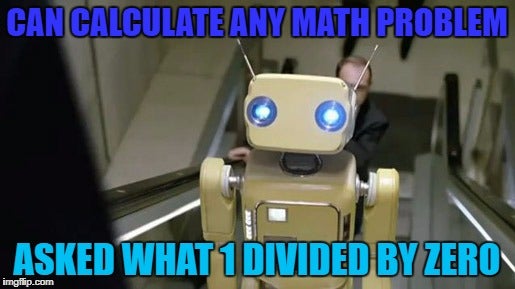





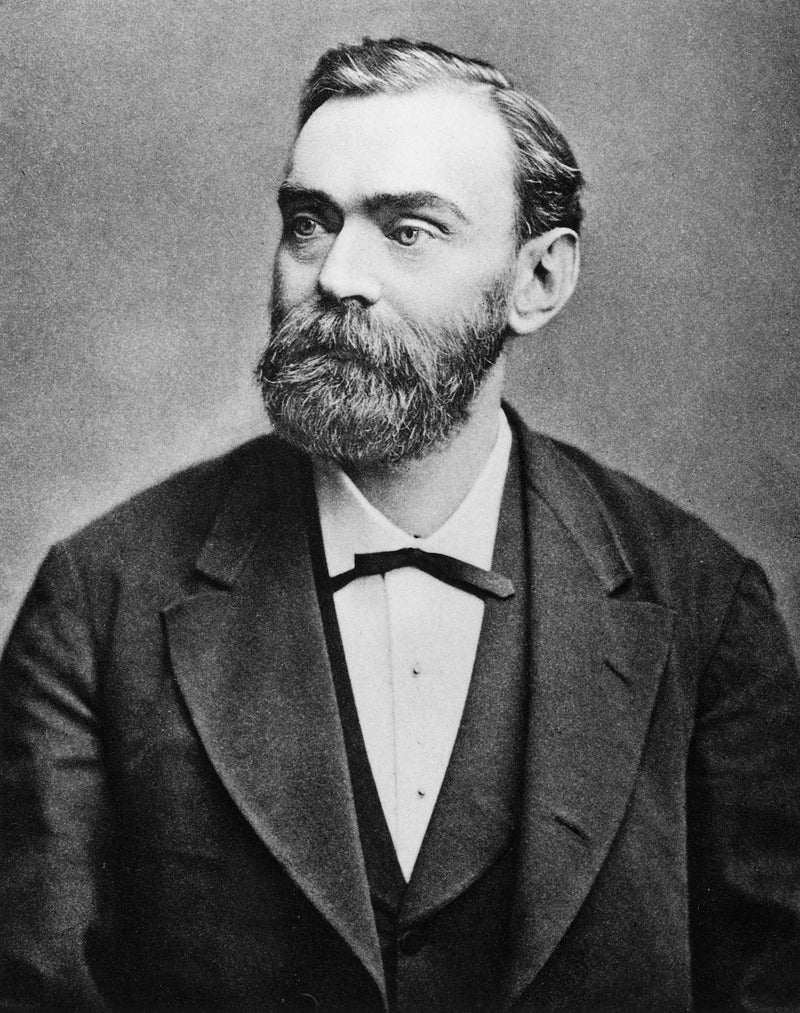








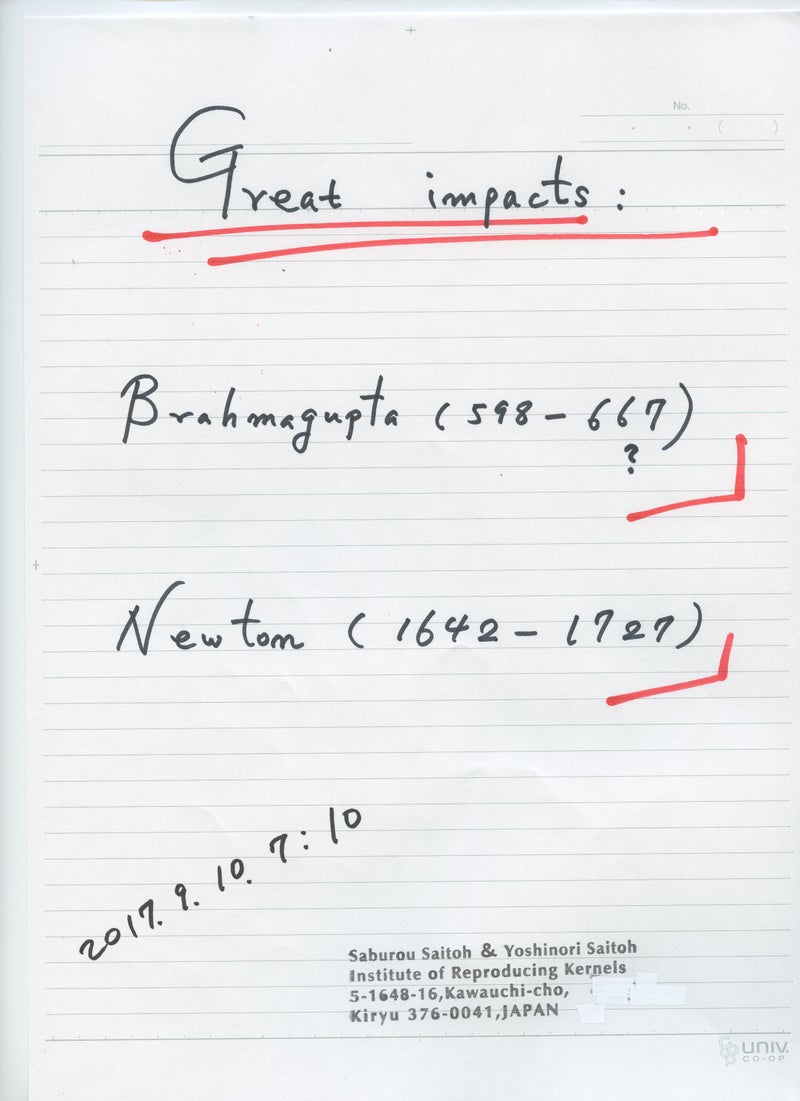
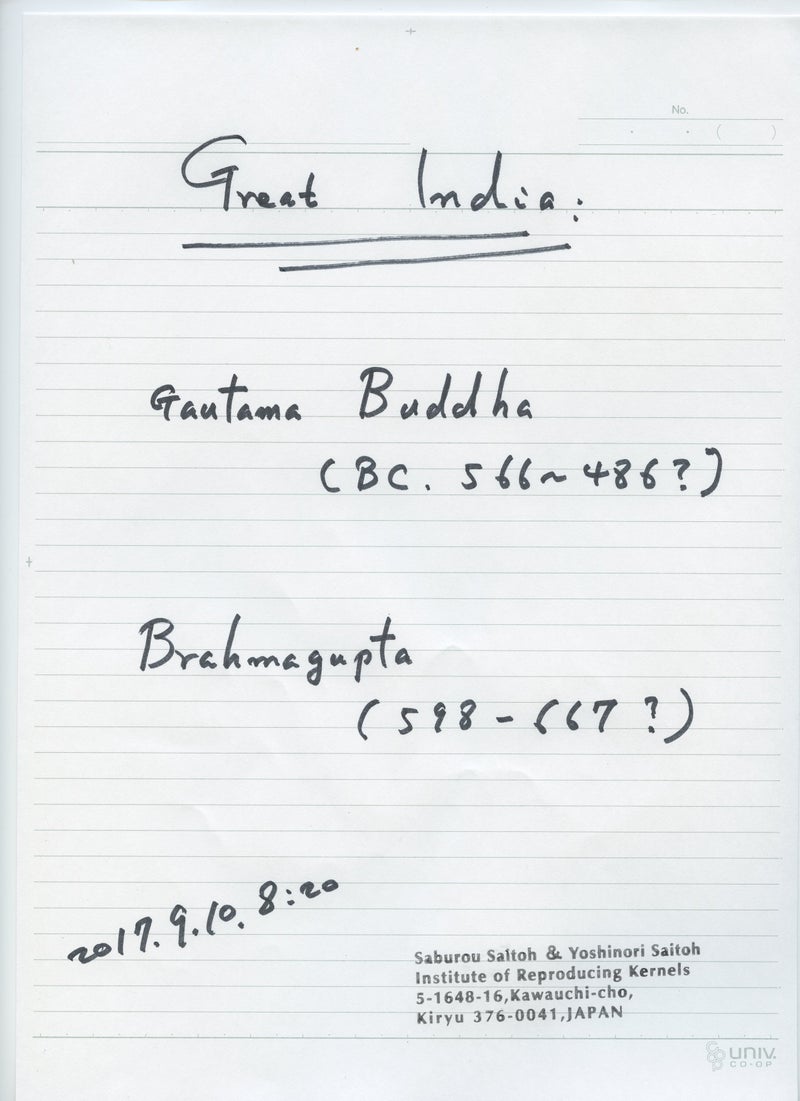

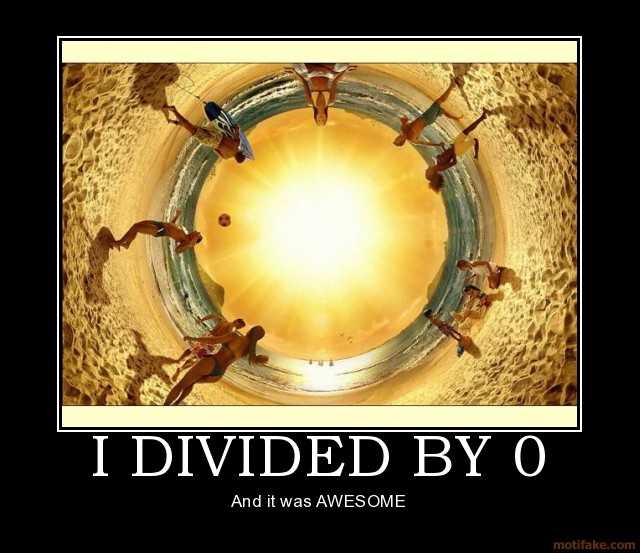


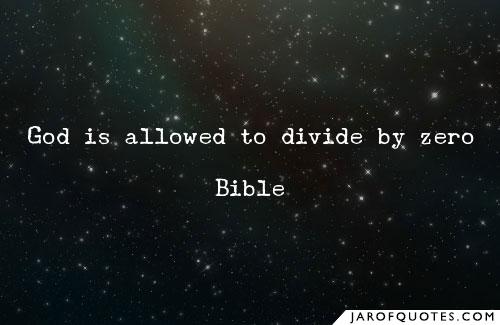


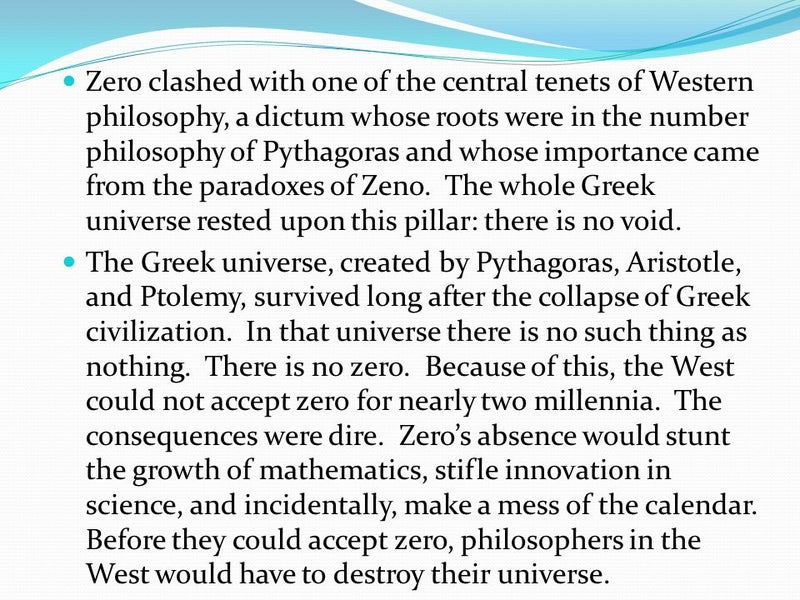
























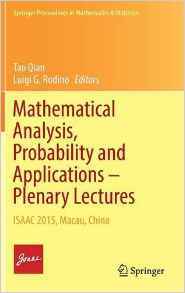



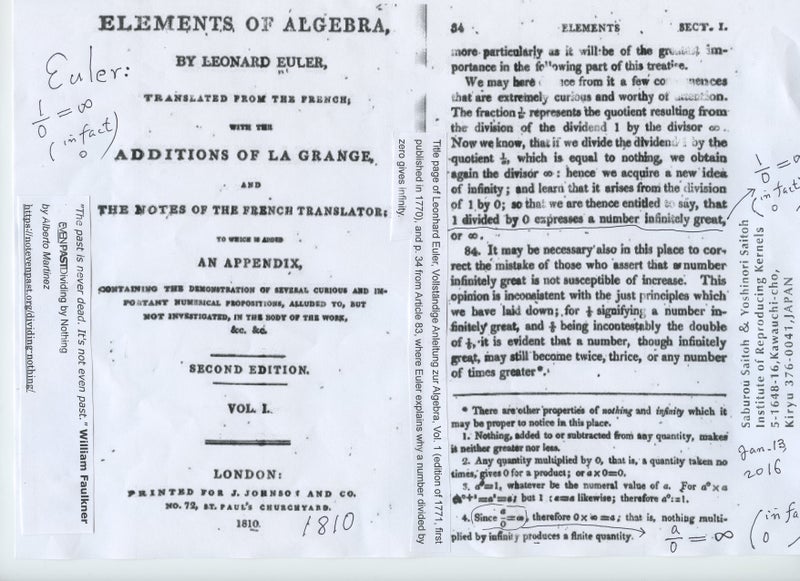

0 件のコメント:
コメントを投稿